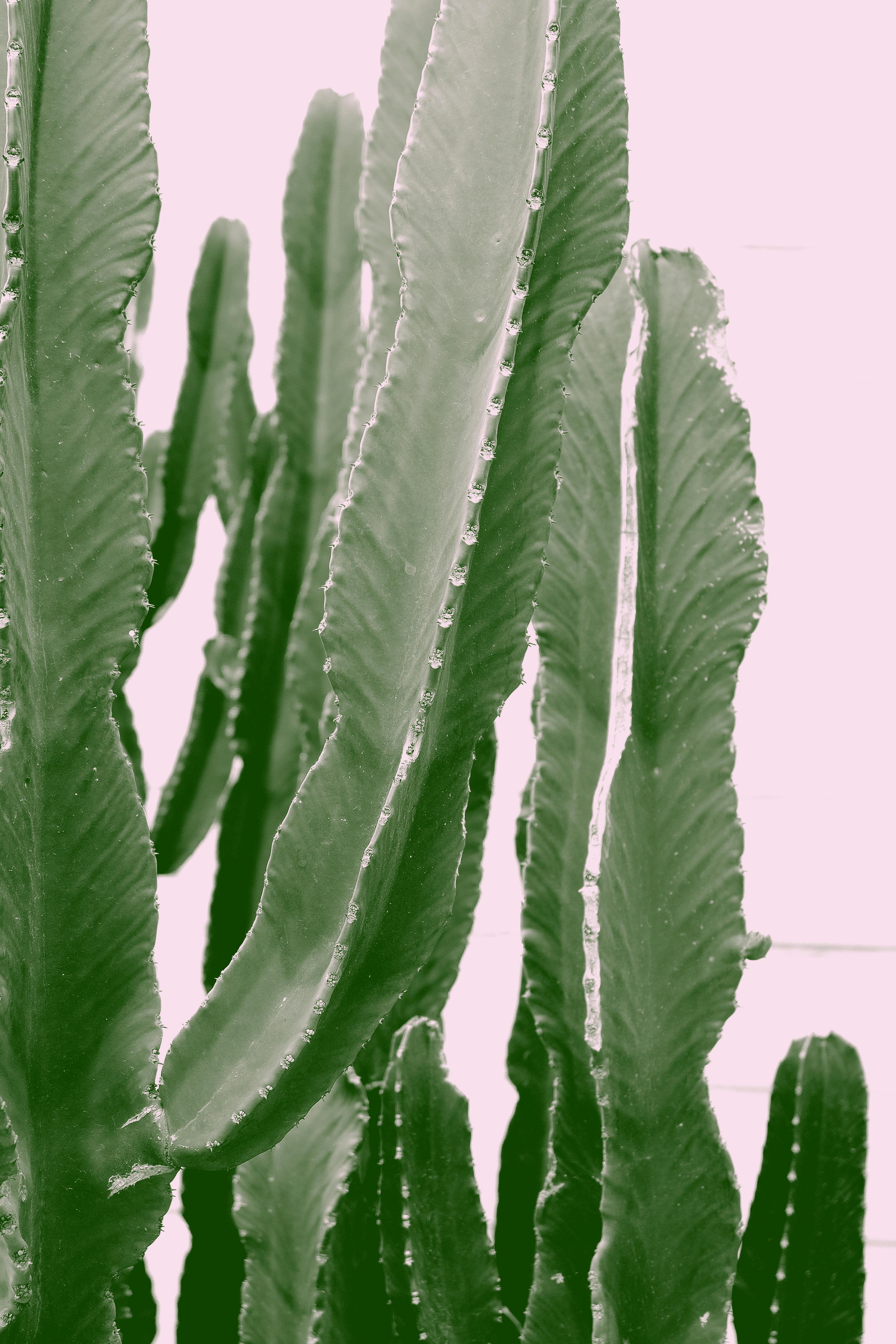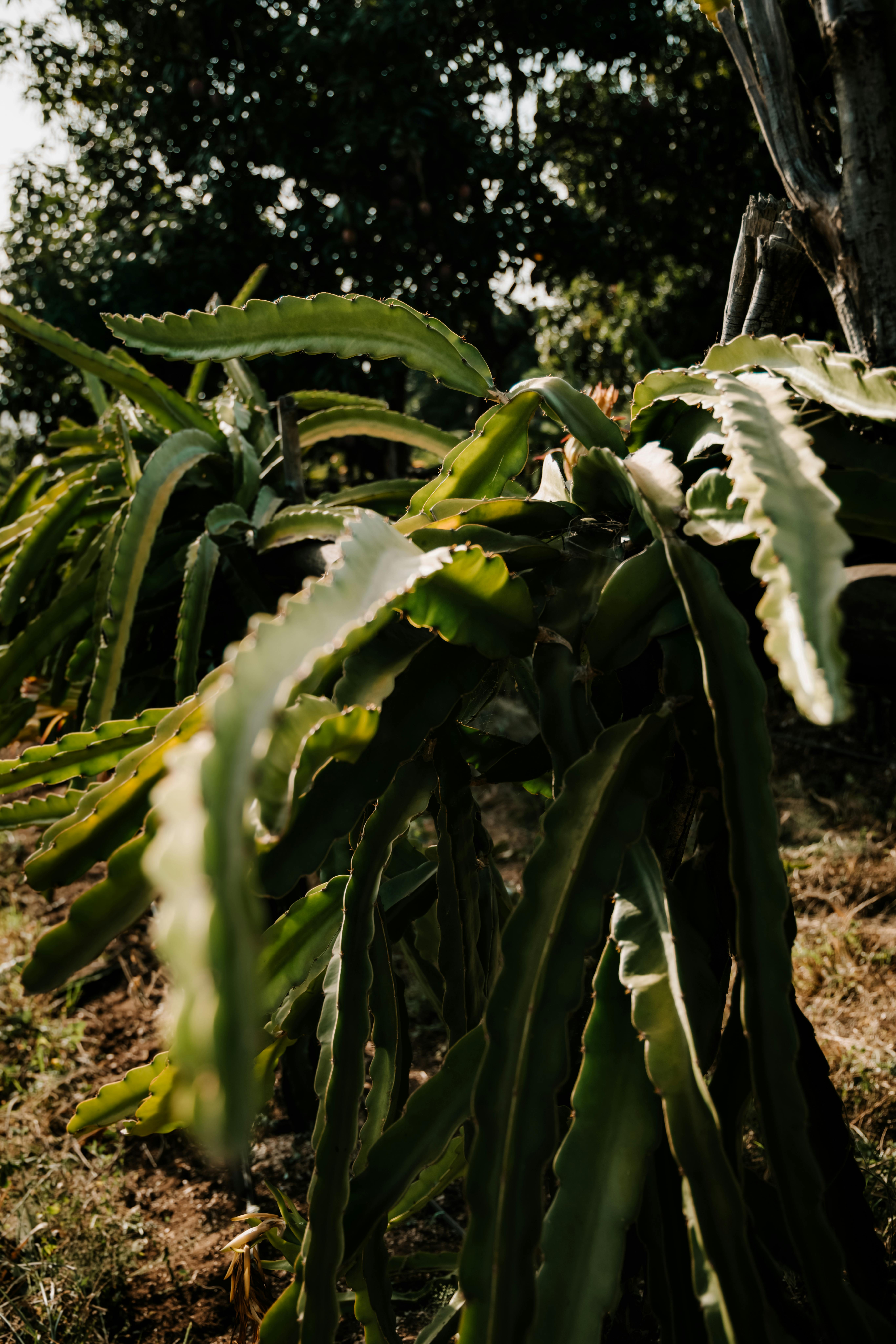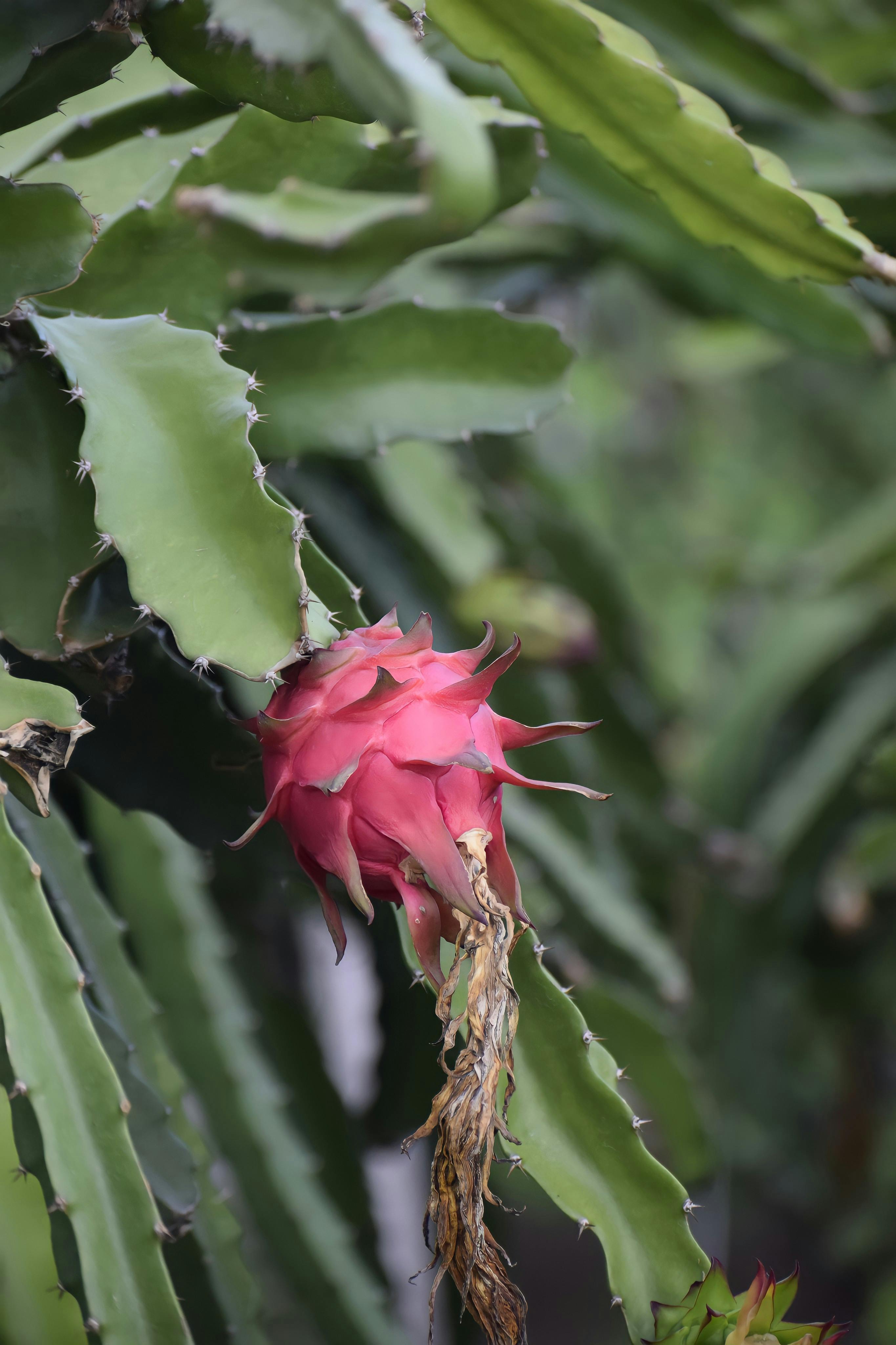Dog Tail Cactus Vs Dragon Fruit


Ever been hiking in the desert heat and come across two strange looking plants, one resembling an alien fruit and the other like a green dog tail? If so, then you've encountered the dragon fruit and dog tail cactus!
At first glance they seem very different, but both are actually desert-adapted succulents. Let's take a closer look at the key differences and compare these interesting plants.
Key Differences:
| Element | Dog Tail Cactus | Dragon Fruit |
|---|---|---|
| Scientific Name | Coryphantha macromeris | Hylocereus undatus |
| Common Names | Dog Tail Cactus, Old Man of the Desert, Pencil C kit Cactus | Pitaya, Strawberry Pear |
| Fruit | Produces no fruit | Egg-shaped red fruit with sweet flesh |
| Flowers | Short yellow flowers that do not bear fruit | Large white blooms developing red fruits over 8-10 months |
| Propagation | Reproduces from segments, also from seed | Roots easily from fresh stem cuttings |
| Climate | Seasonal fluctuations have shaped hardiness to intermittent moisture and occasional cold or drought | Requires consistent warmth to fruit abundantly |
| Toxicity | These plants won't hurt you just by soft touching. But the Dog Tail Cactus' sharp spines can cause an owie if you're not careful and bump into them. | The Dragon Fruit is safe to eat when its fruit is fully ripe. |
Key Differences between Dog Tail Cactus Vs Dragon Fruit More Explained:
The Dog Tail Cactus:

The Dog Tail Cactus is a rugged desert survivor native to hot southwestern US zones. Its common name comes from slender segmented stems resembling a dog's tail, usually 6-12 inches long.
Segments are paddle-shaped and range from green to colorful hues. Tiny yellow flowers occasionally dot the cactus, though it bears no fruit.
Well-adapted for low rainfall, it forms low-growing clumps and has a photosynthesizing ability that maximizes scarce water.
Dog Tail Cactus makes a unique addition for those seeking low-care succulents suited to sunny spots in warm zones.
The Dragon Fruit:

Dragon Fruit is a tropical vine borne from central Mexico. Its name evokes striking fuchsia or yellow skinned fruit topped with green scales.
Climbing up to 20 feet, the vine bears large white blooms that open at night, followed by fruit ripening over 8-10 months.
Dragon Fruit stems are segmented like paddles bearing small spines. Requiring consistent warmth, it's prized for sweet fruit but also lends to landscaping with full sun. Dragon Fruit makes colorful additions where winters stay above freezing.
Scientific Names
The scientific name for the Dog Tail Cactus is Coryphantha macromeris. The Dragon Fruit's scientific name is Hylocereus undatus.
Common Names
Commonly called the Dog Tail Cactus due to its elongated segmented shape, it's also known as Old Man of the Desert or Pencil Cactus.
Dragon Fruit has lovely names like Pitaya or Strawberry Pear that evoke its enticing flavors.
Fruit

The fruit of the Dragon fruit is what really sets it apart, with egg-shaped red scales and sweet flesh.
The Dog Tail Cactus produces no fruit - its seeds are spherical, shiny, and black, and not edible.
Flowers
Dragon fruit produces large white blooms that open at night with a sweet fragrance, developing red fruits over 8-10 months.
The Dog Tail flowers are short and yellow but do not bear seeds or fruit.
Propagation
Dragon fruits root easily from fresh stem cuttings.
Dog Tails reproduce from segments but can also grow from seeds if collected.
Climate
Seasonal fluctuations have shaped their hardiness to intermittent moisture and occasional cold or drought.
Toxicity
These plants won't hurt you just by soft touching. But the Dog Tail Cactus' sharp spines can cause an owie if you're not careful and bump into them. The Dragon Fruit is safe to eat when its fruit is fully ripe.
Conclusion
In closing, we've seen how the dog tail cactus and dragon fruit adapt remarkably different strategies to survive in desert climes.
The dog tail cactus relies on a hardened form to withstand harshness, while the dragon fruit rewards persistence with bountiful blooms and fruits.
Their divergent solutions showcase nature's endless creativity in enabling life to flourish even in bleakest environments.
Most astounding is that sights so strange at first glance both evolved through millennia the ideal methods for thriving with minimal resources.
Whether inspiring awe or sweetening diets, these desert denizens leave us in wonder at life's infinite capacity to endure.
